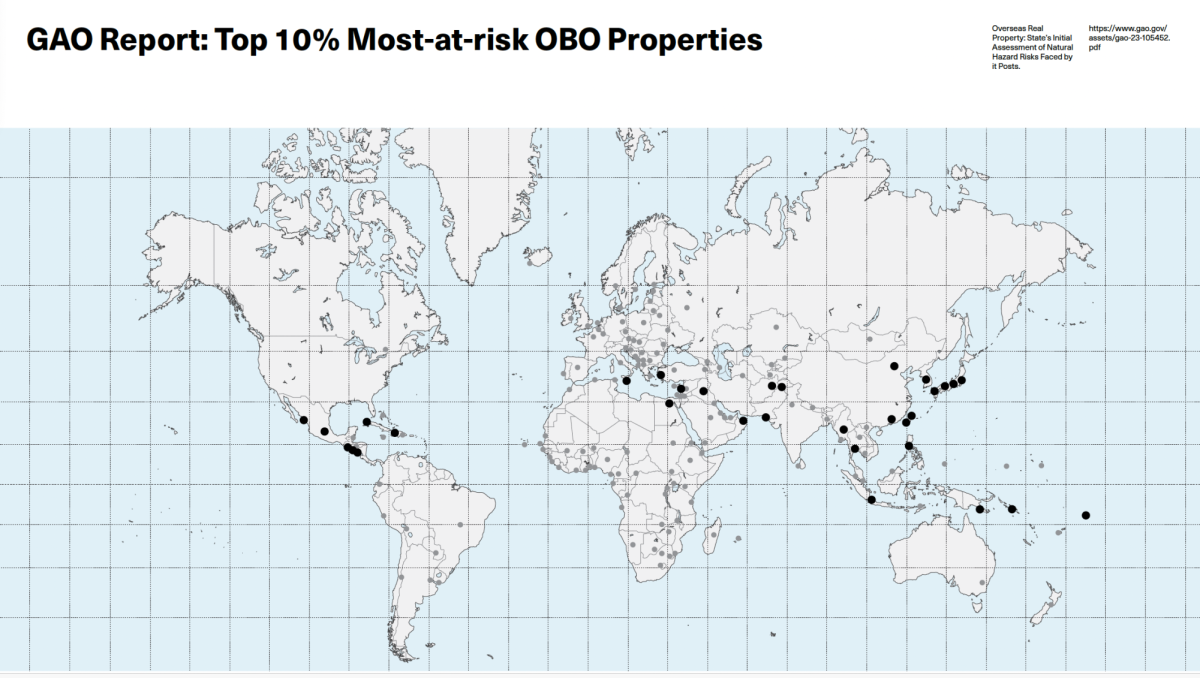The College Scorecard, which President Barack Obama announced during his State of the Union address Tuesday night, will likely have little impact on financial aid and admissions at Northwestern.
The Scorecard allows prospective college students and their families to compare colleges’ affordability and value. Carolyn Lindley, director of Financial Aid at NU, said all the information on the Scorecard was already available online.
The Scorecard presents students with the average net price of tuition after grants and scholarships, the graduation rate, the loan default rate and the typical amount borrowed for a student’s undergraduate study. The Scorecard will also soon provide information about the average earnings of former undergraduate students at NU who took out loans. Lindley said all of this information is available already on the NU financial aid website, and the University attempts to make it readily available for prospective students.
But Lindley said the card could be helpful, as long as families use it as one part of a holistic approach to the college search.
“Information is information,” Lindley said. “The more information someone has, the better.”
According to the Scorecard, the average net price to attend NU is $27,113, a 3.6 percent increase from 2007 to 2009. The Scorecard rates this price as high compared with other schools. However, the Scorecard also shows NU’s graduation rate, at 93.6 percent, is much higher than most institutions, and the loan default rate is much lower at 1.8 percent, compared with the national rate of 13.4 percent.
Lindley emphasized that all of the information provided in the Scorecard is based on averages at NU, not what a student’s actual financial aid offering may be.
“The most important point of data on the Scorecard is probably the graduation rate,” Lindley said.
In fall of 2011, Obama introduced the net price calculator, which calculates an estimated financial aid offering based on financial data entered by a prospective student. Lindley said the calculator is fairly accurate as long as the student enters all of the financial data correctly. In addition to the calculator, she said this spring the government will begin offering financial aid shopping sheets so students can compare financial aid packages between schools.
“This is very new and is just coming out for the current high school seniors,” Lindley said. “We have no idea what kind of questions we’re going to get about this.”
Lindley said because prospective students know what their financial aid packages are before they have to make their college decision, the Scorecard will likely have little impact on a student’s decision after they receive their acceptances.
Weinberg senior Ayanna Legros said she did not really consider financial aid until she received her college acceptances. She said she thought she was able to find most of the information on the Scorecard as a high school student.
“It’s information every student should have access to,” she said.
Weinberg junior Mike Ferguson said financial aid had a large impact on his decision to attend NU because, as a student with full-demonstrated need, it was cheaper for him to attend NU than a state school. He said he would have maybe used the Scorecard, but his college advisers and college visits provided him with that information.
“It seems like information I knew already,” Ferguson said.


















